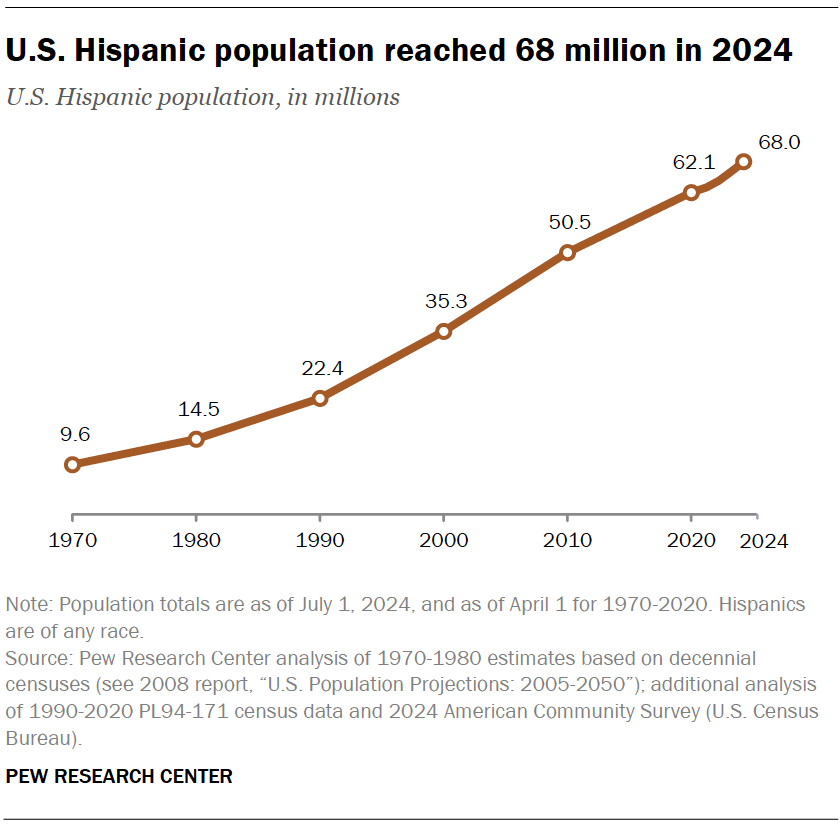Advancing Sustainable Development Goal 4: A Review of Massachusetts’ High School Graduation Standard Reforms
A report on the proposed changes to high school graduation requirements in Massachusetts, analyzing the alignment of new draft regulations with the United Nations Sustainable Development Goals (SDGs), particularly SDG 4 (Quality Education), SDG 10 (Reduced Inequalities), and SDG 16 (Peace, Justice, and Strong Institutions).
Context: Aligning with Voter Mandates and SDG 16
Following a significant public mandate, state officials are re-evaluating graduation standards to better reflect principles of equity and quality education for all students.
The 2024 Ballot Initiative
- In November 2024, Massachusetts voters passed a law to eliminate the MCAS exam as a mandatory graduation requirement.
- This decision reflects a public call for assessment models that are more inclusive and do not create undue barriers to graduation, directly addressing targets within SDG 10 (Reduced Inequalities).
- Supporters argued the previous system disproportionately affected a small percentage of students annually, hindering the goal of equitable educational outcomes as outlined in SDG 4.
Establishment of the Statewide K-12 Graduation Council
- In response, Governor Maura Healey’s administration formed the Statewide K-12 Graduation Council.
- The council’s formation and extensive public consultation process, including eight statewide listening sessions and thousands of survey responses, exemplify a commitment to SDG 16.7 (Ensure responsive, inclusive, participatory and representative decision-making).
- Its primary objective is to recommend a new graduation standard that ensures all students are prepared for postsecondary education, careers, and civic life, a cornerstone of SDG 4.
Proposed Framework for Mastery and Lifelong Learning (SDG 4)
The council’s preliminary draft regulations propose a multi-faceted approach to demonstrating graduation readiness, moving away from a single high-stakes exam toward a more holistic model.
Core Components of the Draft Regulations
- End-of-Course Assessments: The proposal includes state-designed, administered, and scored assessments tied to specific courses. This aims to create a uniform standard for measuring subject mastery, contributing to SDG 4.1 (ensure all youth complete quality secondary education leading to effective learning outcomes).
- Capstones and Portfolios: Students would have opportunities to complete locally assessed capstone projects or portfolios. This promotes customized and authentic demonstrations of learning, aligning with SDG 4.4 (increase the number of youth with relevant skills for employment).
- Curriculum and Career Planning: The framework suggests aligning curriculum with MassCore standards and requiring completion of a “My Career and Academic Plan” (MyCAP). This structured approach supports SDG 8.6 (reduce the proportion of youth not in employment, education or training).
- Financial Literacy and Postsecondary Access: A key proposal requires all students to complete the FAFSA and MASFA financial aid forms (with an opt-out provision). This directly targets educational inequality (SDG 10) by addressing the significant gap in financial aid application rates between low-income (40%) and high-income (70%) students, thereby promoting SDG 4.3 (ensure equal access to tertiary education).
Stakeholder Concerns and Commitment to Equitable Outcomes (SDG 4 & SDG 10)
The draft proposals have generated discussion among stakeholders regarding their implementation and fidelity to the voters’ original intent.
Potential Conflicts with Democratic Mandates
- Concerns have been raised by stakeholders, including the Massachusetts Association of School Committees, that new state-created end-of-course exams could become a de facto high-stakes graduation requirement.
- Critics argue that reintroducing such a system would conflict with the public’s decisive vote to abandon high-stakes testing as a graduation condition, potentially undermining the participatory process central to SDG 16.
- The central fear is that a new testing regime could recreate the very barriers to graduation that voters sought to eliminate, working against the goals of SDG 4.5 (ensure equal access to all levels of education for the vulnerable) and SDG 10.
Official Response and Path Forward
- The Executive Office of Education has emphasized that the council’s work is ongoing and no final recommendations have been made.
- The stated goal remains to build consensus among stakeholders to develop a new vision for graduation requirements.
- The council is expected to release initial findings in late 2025, with a final report and implementation roadmap scheduled for 2026, ensuring a continued focus on creating an educational system that is both high-quality and equitable for every student in Massachusetts.
Analysis of SDGs, Targets, and Indicators
1. Which SDGs are addressed or connected to the issues highlighted in the article?
-
SDG 4: Quality Education
The entire article is centered on SDG 4, as it discusses the standards for high school graduation in Massachusetts. The debate over replacing the MCAS exam with end-of-course assessments, portfolios, and capstone projects is fundamentally about defining and ensuring a quality secondary education that leads to effective learning outcomes for all students.
-
SDG 10: Reduced Inequalities
The article connects to SDG 10 by highlighting concerns about educational equity. The argument that the MCAS was a “one-size-fits-all exam” that created “unnecessary barriers to graduation” for some students points to an effort to reduce inequalities in educational outcomes. Furthermore, the significant gap in FAFSA completion rates between low-income (40%) and higher-income (70%) students is a clear example of an inequality that the new proposals aim to address.
-
SDG 8: Decent Work and Economic Growth
SDG 8 is relevant through the article’s focus on preparing students for life after high school. The draft framework’s inclusion of a “My Career and Academic Plan” (MyCAP), financial literacy instruction, and measures to increase postsecondary access are all aimed at ensuring students have the necessary skills and plans to succeed in “college, careers, and civic life,” which contributes to future economic productivity and decent work.
2. What specific targets under those SDGs can be identified based on the article’s content?
-
Target 4.1: Ensure all girls and boys complete free, equitable and quality primary and secondary education.
The core of the article—the creation of a new “permanent graduation standard”—directly addresses this target. The goal is to ensure that a Massachusetts diploma signifies the completion of a quality secondary education with “relevant and effective learning outcomes.” The debate is about how to best measure this quality, whether through standardized tests or other demonstrations of “mastery.”
-
Target 4.3: Ensure equal access for all women and men to affordable and quality technical, vocational and tertiary education.
This target is addressed by the proposal to require every student to complete the FAFSA and MASFA (financial aid forms), with an opt-out provision. The article explicitly states this is a “move that mirrors similar legislative efforts aimed at increasing postsecondary access,” directly linking the policy to improving access to tertiary education.
-
Target 4.4: Substantially increase the number of youth and adults who have relevant skills for employment, decent jobs and entrepreneurship.
The draft framework’s proposal for students to complete a “MyCAP” (My Career and Academic Plan) and receive “financial literacy instruction” directly relates to providing students with relevant skills for their future careers and economic lives.
-
Target 10.3: Ensure equal opportunity and reduce inequalities of outcome.
This target is relevant to the decision to eliminate the MCAS graduation requirement. Supporters argued the exam created barriers and unequal outcomes for about 1% of students annually. The ongoing effort to create a new system is an attempt to design a policy that ensures more equal opportunities for all students to demonstrate mastery and earn a diploma. The FAFSA requirement also aims to reduce inequalities of outcome by closing the access gap for low-income students.
3. Are there any indicators mentioned or implied in the article that can be used to measure progress towards the identified targets?
-
High School Graduation Rate
While not stated as a number, the entire discussion is about the requirements for graduation. The rate of students successfully meeting these new requirements and earning a diploma would be the primary indicator for Target 4.1.
-
FAFSA Completion Rate
The article provides specific data for this indicator. It states, “Currently, about 57% of Massachusetts high school seniors complete the FAFSA.” It also provides disaggregated data: “That rate drops to just below 40% for low-income students, compared to nearly 70% for their higher-income peers.” This data serves as a baseline to measure the success of the proposed FAFSA completion requirement in addressing Targets 4.3 and 10.3.
-
Proportion of Students Failing to Graduate Due to a Single Exam
The article implies this indicator by mentioning that the MCAS created “unnecessary barriers to graduation for about 1% of students annually.” The success of the new system in reducing this specific barrier could be measured, relating to Target 10.3.
-
Proportion of Students Completing Career Plans and Financial Literacy
The proposal to require a “MyCAP” and “financial literacy instruction” implies the creation of new indicators. Progress towards Target 4.4 could be measured by tracking the percentage of students who complete these requirements before graduation.
4. SDGs, Targets, and Indicators Table
| SDGs | Targets | Indicators |
|---|---|---|
| SDG 4: Quality Education | 4.1: Ensure all children complete free, equitable and quality primary and secondary education. | Implied: The high school graduation rate under the new “mastery” based system (e.g., completion of end-of-course assessments, capstones, or portfolios). |
| 4.3: Ensure equal access for all to affordable and quality technical, vocational and tertiary education. | Mentioned: FAFSA completion rate for high school seniors (currently 57%). | |
| 4.4: Increase the number of youth and adults who have relevant skills for employment. | Implied: Proportion of students completing a “My Career and Academic Plan” (MyCAP) and receiving financial literacy instruction. | |
| SDG 10: Reduced Inequalities | 10.3: Ensure equal opportunity and reduce inequalities of outcome. | Mentioned: The gap in FAFSA completion rates between low-income (40%) and higher-income (70%) students. Mentioned: The proportion of students who failed to graduate due to the MCAS requirement (about 1% annually). |
| SDG 8: Decent Work and Economic Growth | 8.6: Substantially reduce the proportion of youth not in employment, education or training. | Implied: Successful transition rate of high school graduates into college, careers, or training, supported by MyCAP and increased FAFSA completion. |
Source: lowellsun.com







